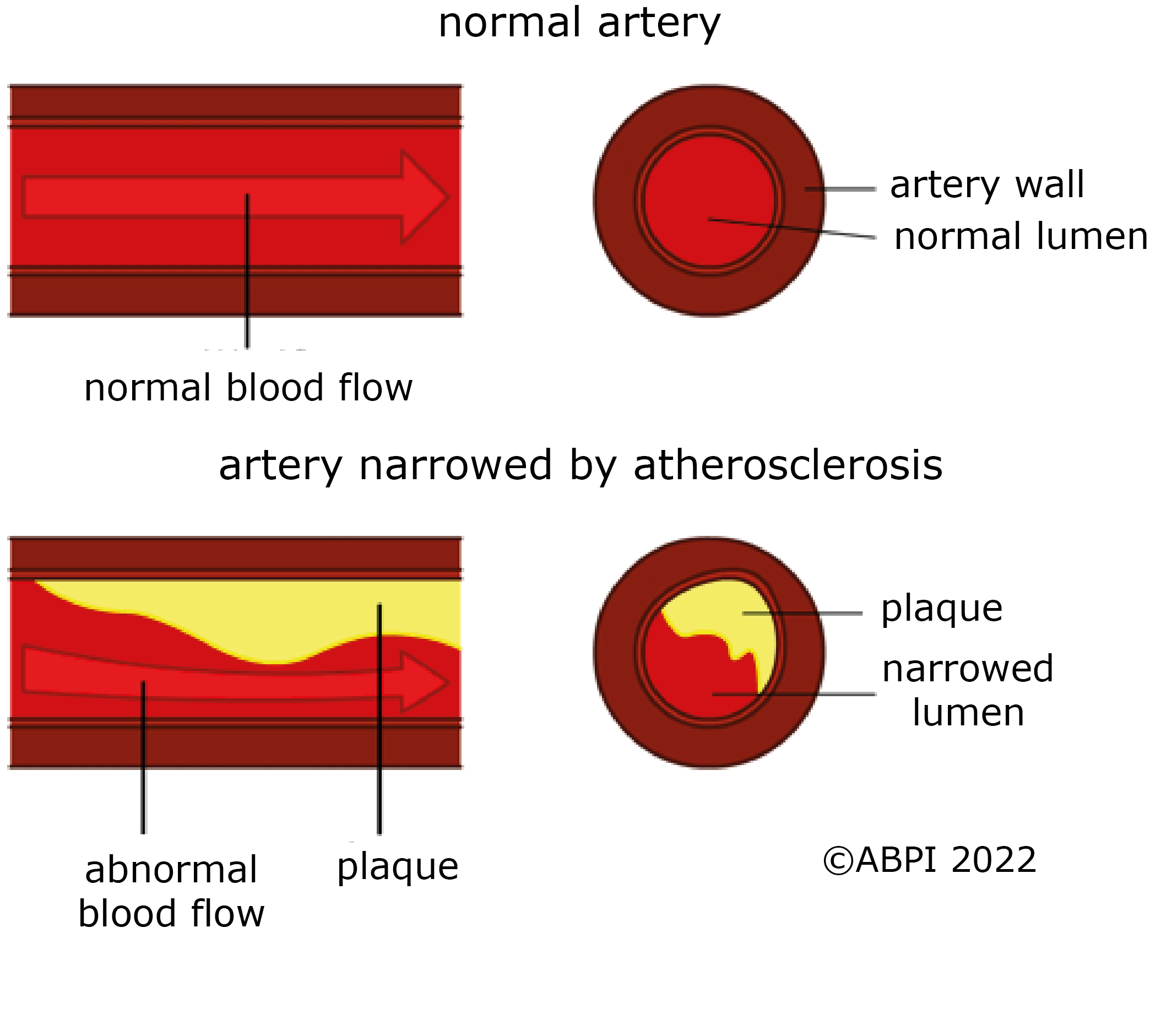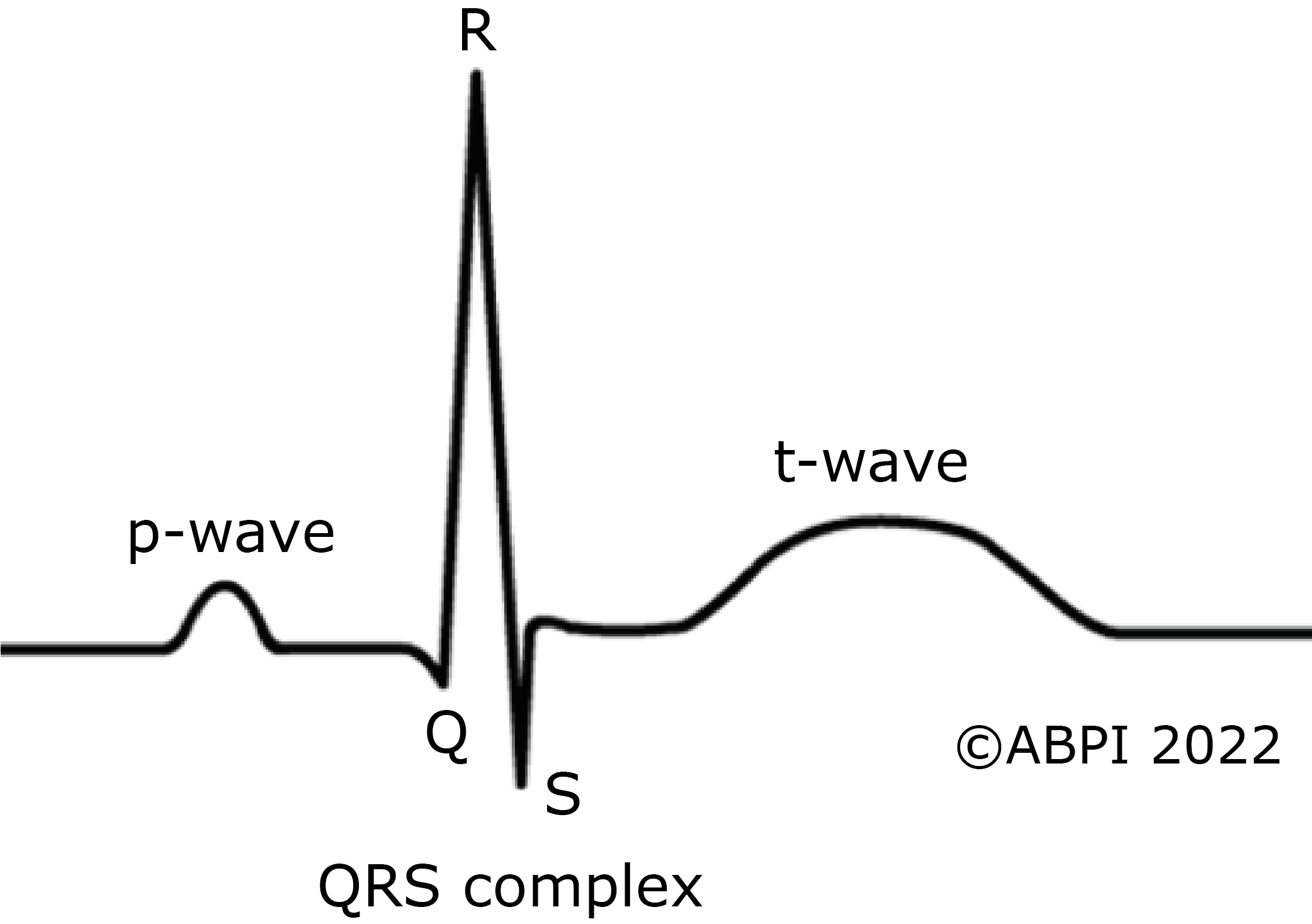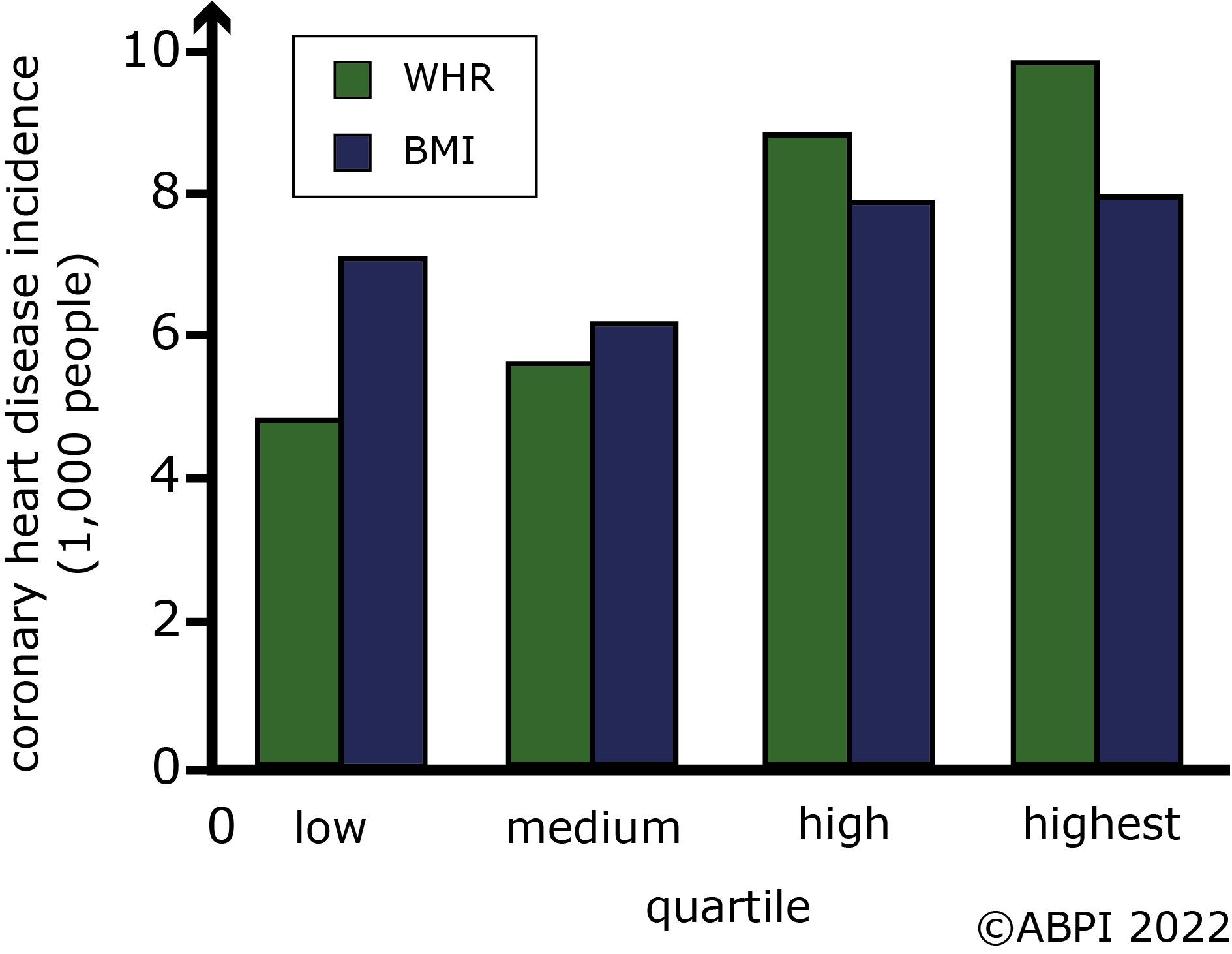This topic takes on average 55 minutes to read.
There are a number of interactive features in this resource:
 Biology
Biology
 Human biology
Human biology
 Physical education
Physical education
 Science
Science
There are a number of common things that can go wrong with your heart and cardiovascular system. They can be quite minor or life threatening. Up to a third of adult deaths in the UK alone are linked to cardiovascular disease.
Cardiovascular diseases include:

The build-up of plaque in atherosclerosis
Atherosclerosis is the cause of many serious cardiovascular conditions including:
When patients have symptoms which might be caused by heart disease, doctors need ways of finding out what is going on in the heart.
One way to investigate the heart is to take an angiogram. A dye which shows up on X-rays is injected into the blood stream. Images taken as it flows through the coronary arteries show up any blockages.
Another way to investigate the heart is to use an ECG (electrocardiogram). This machine gives images of the electrical activity of the heart. Doctors can use this to see how the heart is beating.


Angiograms show up a blocked coronary artery
The previous ECG corresponds to a healthy individual. The animation below demonstrates how ECGs look like under different cardiovascular conditions.
ECGs are used to diagnose heart disease
Many factors increase your risk of developing cardiovascular disease. Many of them are exactly the same as the risk factors for high blood pressure. Some of them you can do nothing about, yet some of them are in your hands - you have the power to reduce your risk of cardiovascular disease (CVD):
Factors that CAN be controlled:
Factors that CAN'T be controlled:
The relationship between obesity and coronary heart disease is shown in the graph below.
Body mass index (BMI) and waist-to-hip ratio (WHR) are two measures broadly used to categorize an individual as underweight, normal weight, overweight or obese.
A quartile is a number that divides the data in four parts of the same size. When talking about quartiles, data are usually ordered from smallest. This way, below the first quartile (Q1), 25% of the lowest values are found, whereas top 25% of the values are found above Q3.
This diagram shows a positive correlation between BMI, WHR and coronary heart disease. The higher the BMI and WHR are, the more likely it is to develop cardiovascular disease.
